Indian Ringneck Parakeet – 7 Powerful Secrets Every Owner Must Know
The Indian Ringneck Parakeet stands as one of the most captivating and intelligent companion birds in the avian world. These remarkable creatures have enchanted bird enthusiasts for centuries with their vibrant plumage, exceptional talking abilities, and complex personalities. Whether you’re a seasoned aviculturist or considering your first Indian Ringneck Parakeet, understanding the profound secrets of their care and behavior will transform your relationship with these magnificent birds.
Table of Contents
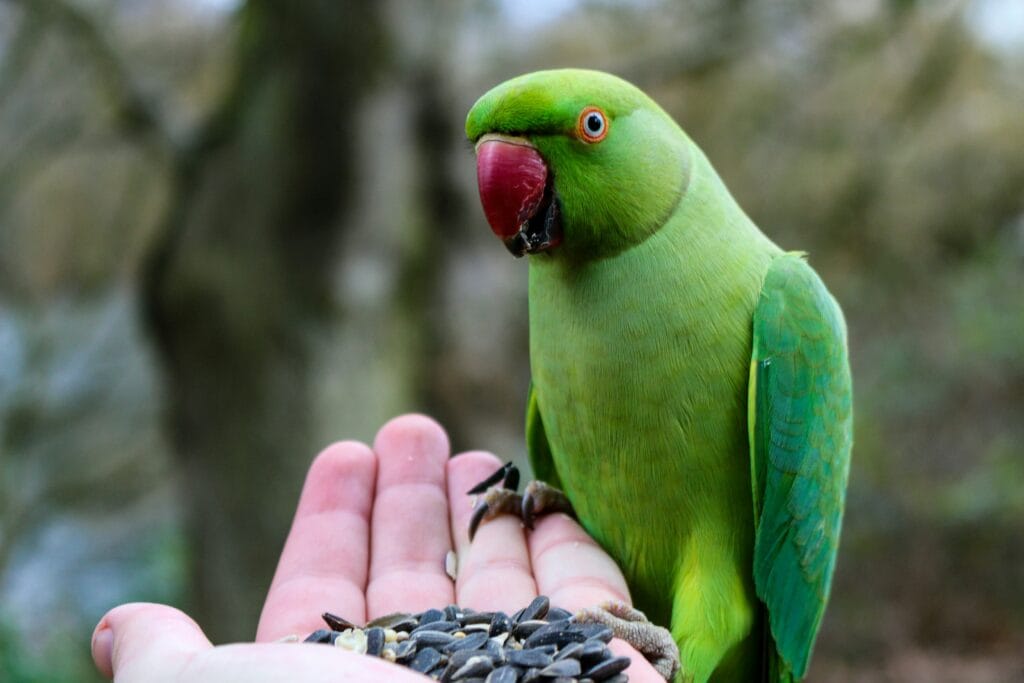
The Fascinating Heritage of the Indian Ringneck Parakeet
Origins and Natural History
The Indian Ringneck Parakeet , scientifically known as Psittacula Krameri, originates from the lush forests of Asia, particularly India and the surrounding regions. These adaptable birds have established themselves across diverse environments, from urban landscapes to tropical woodlands. As their name suggests, Indian ringneck parakeets originated in India and the Indian subcontinent. However, feral populations also exist. While males have colored rings around their neck, females do not. These birds reach roughly 14 to 16 inches in length, including their tails.
The European fascination with these birds began in the 19th century when the first parakeet specimens reached ornithologists. The initial encounter was merely with a stuffed specimen displayed at the Linne Society in London in 1831, yet this event sparked tremendous interest among European bird enthusiasts. The English scientist John Gould later succeeded in bringing live parakeets from Australia to England, marking the beginning of systematic breeding efforts.
Physical Characteristics That Define Excellence
The Indian Ringneck Parakeet exhibits distinctive sexual dimorphism that becomes apparent as birds mature. Males develop the characteristic colored ring around their necks, typically appearing around 18 months to 2 years of age. This striking feature gives the species its common name and serves as a reliable indicator of gender. Females and juvenile birds lack this prominent ring, maintaining a more subtle appearance that nonetheless displays the species’ inherent beauty.
These birds typically measure between 14 to 16 inches in length, with their elegant tail feathers comprising nearly half of their total body length. Their streamlined build and proportionate features reflect centuries of natural selection that favored agility and grace in their arboreal habitat.
Secret 1: Understanding the Complex Social Dynamics of Indian Ringneck Parakeets
Flock Mentality in Domestic Settings
The Indian Ringneck Parakeet maintains profound social instincts that significantly impact their behavior in captivity. These birds naturally exist in large flocks, and this gregarious nature influences every aspect of their domestic life. Understanding this fundamental characteristic enables owners to provide appropriate social stimulation and prevent behavioral issues.
The breeding research detailed in historical accounts reveals that parakeets naturally live in flocks, and the presence of other pairs stimulates sexual behavior. Laboratory examinations demonstrated that testes and ovaries are larger in birds that could see and hear other pairs than in those with no contact with other birds. This principle extends beyond breeding to general well-being, suggesting that Indian Ringneck Parrots thrive when they perceive themselves as part of a social group.
Establishing Your Role in the Flock Hierarchy
Your Indian Ringneck Parakeet will naturally attempt to establish its position within the household “flock.” This instinctive behavior can manifest as territorial displays, vocalizations at specific times, or attention-seeking behaviors. Recognizing these natural tendencies allows owners to guide their birds toward appropriate social behaviors while respecting their inherent need for structure and hierarchy.
The key lies in establishing consistent routines and boundaries that mirror the stability found in wild flocks. Indian Ringneck Parakeets respond exceptionally well to predictable schedules for feeding, social interaction, and rest periods. This consistency provides the security they would naturally find in their flock environment.
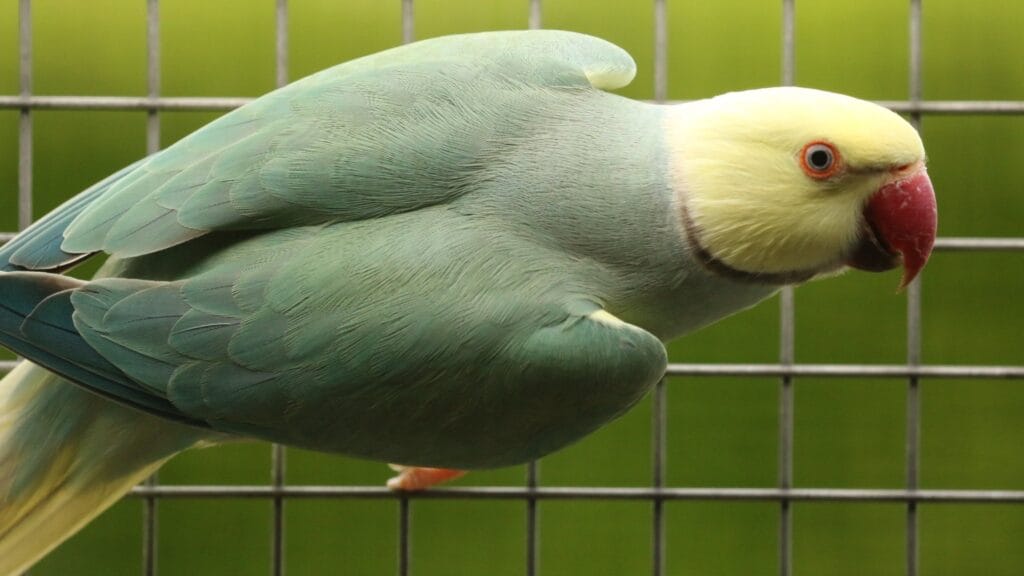
Secret 2: Mastering the Art of Indian Ringneck Parakeet Communication
Decoding Vocal Behaviors and Body Language
The Indian Ringneck Parakeet possesses an extensive repertoire of vocalizations, each serving specific communication purposes. Beyond their renowned talking ability, these birds employ various calls to express emotions, establish territory, and maintain social bonds. Successful owners learn to interpret these vocal cues to respond appropriately to their bird’s needs.
Body language provides equally important communication signals. The position of head feathers, wing placement, and tail movements all convey specific messages. For instance, puffed head and throat feathers during vocal displays indicate excitement or courtship behavior, while rapid head movements often signal alertness or potential agitation.
Developing Exceptional Talking Abilities
Training Indian Ringnecks can be a rewarding experience. Start with simple commands and gradually introduce more complex tricks. Consistency and patience are vital. The Indian Ringneck Parakeet’s exceptional talking ability stems from their natural inclination to mimic environmental sounds. In the wild, this skill helps them integrate with different flock groups and adapt to varying territories.
To maximize your Indian Ringneck Parakeet’s talking potential, begin with simple, frequently repeated words during calm, focused sessions. The most effective approach involves using words in context, such as saying “hello” when entering the room or “goodnight” before covering the cage. This contextual learning accelerates vocabulary development and creates meaningful communication between bird and owner.
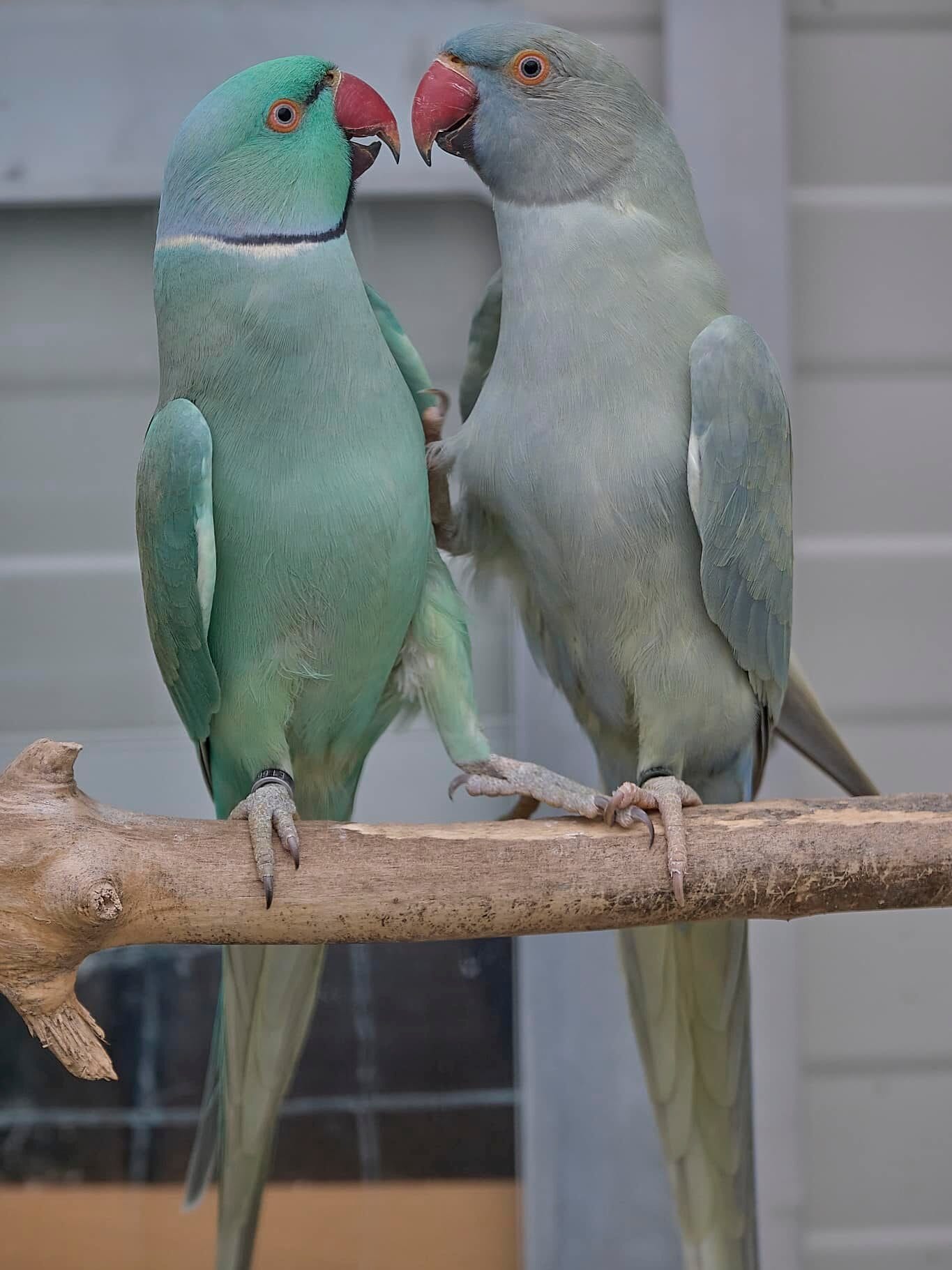
Secret 3: Nutritional Excellence for Optimal Indian Ringneck Parakeet Health
Understanding Species-Specific Dietary Requirements
Indian Ringneck and Alexandrine Parakeets originate from the forests of Asia – they are accustomed to a richer diet than Australian desert parrots. They are canopy feeders and their diets include more fats and fruits. This fundamental difference in natural diet directly impacts the nutritional requirements of Indian Ringneck Parrots in captivity.
The foundation of exceptional Indian Ringneck Parakeet nutrition begins with high-quality pellets specifically formulated for medium-sized parrots. Indian ring necks tend to have good appetites. As with any bird, make sure to feed a balanced, nutritious diet that includes pellets, fruit, veggies, and healthy table foods. However, pellets alone cannot meet all their nutritional needs.
The Power of Fresh Foods and Variety
Leafy greens and vegetables are crucial for any companion parrot to maintain a nutritionally sound diet, and the Indian ringneck parakeet is no exception. They can also eat some of the healthy cooked food you would eat, and are particularly fond of chicken, though beans, grains, and rice are excellent additions to their diet.
Ringnecks and Asiatic Parakeets are not picky eaters. Most ringnecks and Asiatic parrots will eagerly devour fruits and vegetables if they are given the chance. This natural enthusiasm for varied foods provides owners with numerous opportunities to enhance their bird’s nutrition and mental stimulation simultaneously.
The optimal Indian Ringneck Parakeet diet should comprise:
- 60-70% high-quality pellets
- 20-25% fresh vegetables and leafy greens
- 10-15% fruits and healthy treats
- Occasional protein sources such as cooked chicken or beans
Avoiding Dangerous Foods and Substances
Certain foods pose serious health risks to Indian Ringneck Parakeets. Avocado, chocolate, caffeine, alcohol, and foods high in salt or sugar must be strictly avoided. Additionally, the pits and seeds of many fruits contain compounds toxic to birds and should be removed before offering.
Secret 4: Creating the Perfect Environment for Your Indian Ringneck Parakeet
Cage Requirements and Space Considerations
The minimum space requirements for an Indian Ringneck Parakeet significantly exceed those of smaller birds. Based on breeding research, one pair of parakeets needs a cage at least 24 inches long, 12 inches wide, and 16 inches tall for basic breeding purposes. However, for optimal daily living, Indian Ringneck Parrots require substantially larger accommodations.
The ideal cage for a single Indian Ringneck Parakeet should measure at least 36 inches wide, 24 inches deep, and 48 inches tall. This provides adequate space for the bird’s long tail and allows for proper wing extension and movement. Bar spacing should be approximately 5/8 to 3/4 inch to prevent escape while allowing comfortable perching.
Environmental Enrichment and Mental Stimulation
Indian Ringneck Parakeets possess exceptional intelligence that demands constant mental stimulation. Environmental enrichment goes beyond simple toy provision to create a dynamic, engaging habitat that challenges their cognitive abilities.
Rotating toys regularly prevents boredom and maintains interest. Puzzle feeders, foraging opportunities, and problem-solving challenges replicate the mental stimulation these birds would encounter while searching for food in their natural habitat. Natural branches of varying diameters provide essential foot exercise and help maintain healthy nail and beak condition.
Temperature and Humidity Considerations
Maintaining appropriate environmental conditions ensures optimal health for your Indian Ringneck Parakeet. These birds thrive in temperatures between 65-80°F (18-27°C) with humidity levels around 50-60%. Sudden temperature fluctuations should be avoided, as they can stress the bird and compromise immune function.
The breeding research indicates that proper humidity levels are crucial for successful reproduction, with approximately 60% humidity recommended for brooding environments. This same principle applies to general health maintenance in pet birds.
Secret 5: Advanced Training Techniques for Indian Ringneck Parakeets
Foundation Training Principles
Establishing a foundation for training can start with basic commands and routines. Some effective techniques include: Positive Reinforcement: Use treats or praise as rewards for desired behaviors. This encourages the bird to repeat those actions. Consistent Commands: Choose simple, clear commands that your Indian Ringneck Parrot can easily understand and remember.
The most effective training approach for Indian Ringneck Parrots combines positive reinforcement with consistent timing and clear communication. These intelligent birds quickly learn cause-and-effect relationships and respond exceptionally well to reward-based training methods.
Addressing Behavioral Challenges
Indian Ringneck Parakeets may exhibit challenging behaviors, particularly during adolescence or breeding season. Common issues include excessive screaming, aggression, or territorial behavior. Understanding the root causes of these behaviors enables owners to address them effectively.
Screaming often indicates boredom, attention-seeking, or environmental stress. Providing adequate mental stimulation, maintaining consistent routines, and avoiding reinforcement of unwanted vocalizations helps modify this behavior. Aggression typically stems from territorial instincts or fear responses and requires patient, consistent behavior modification techniques.
Advanced Trick Training and Cognitive Challenges
Once basic obedience is established, Indian Ringneck Parakeets excel at learning complex tricks and behaviors. Their intelligence and eagerness to please make them ideal candidates for advanced training that goes far beyond simple step-up commands.
Target training forms the foundation for most advanced behaviors. Teaching your Indian Ringneck Parakeet to touch a target stick with their beak creates a versatile tool for directing movement and attention. This fundamental skill can be expanded to teach flight recalls, navigation through obstacle courses, and complex trick sequences.
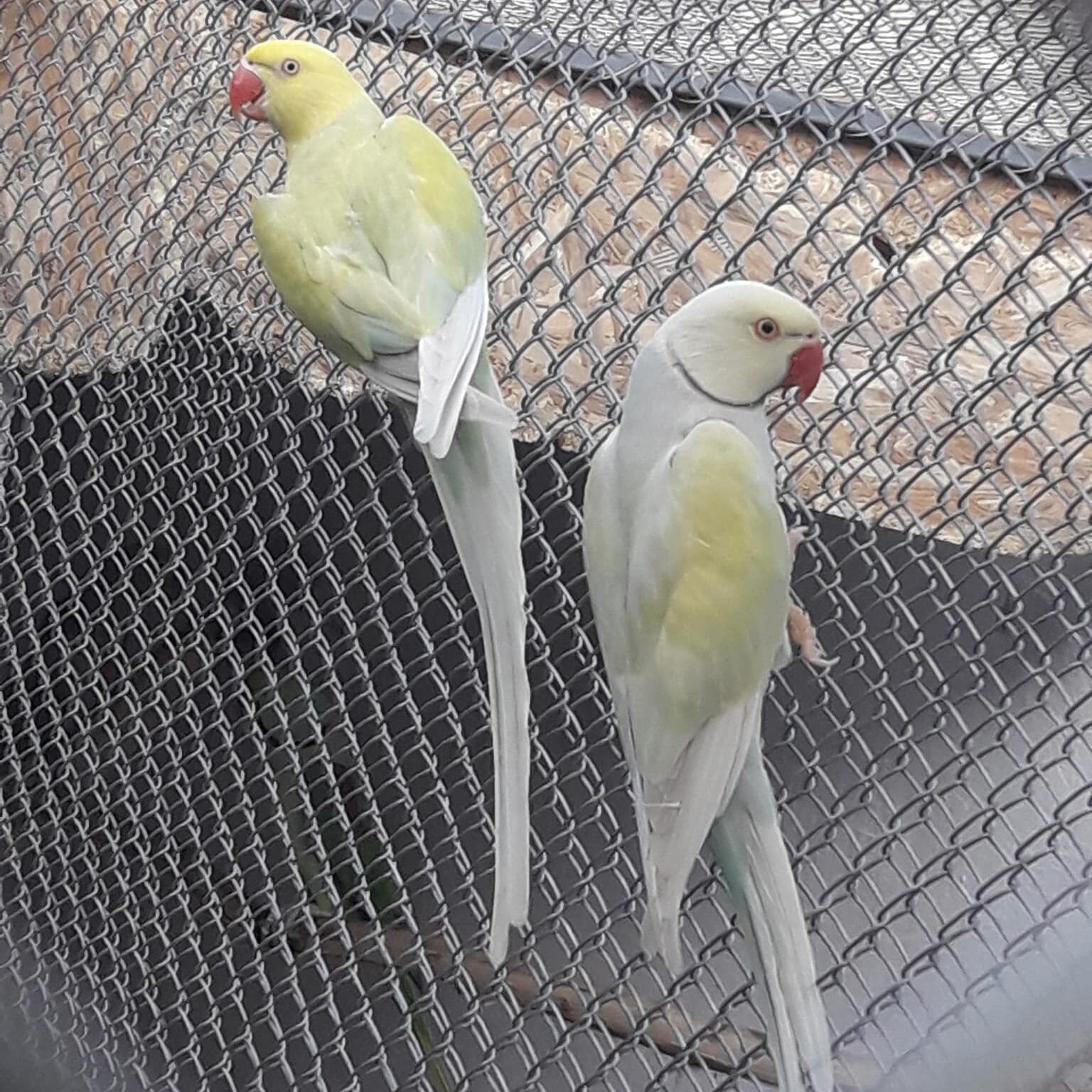
Secret 6: Health Monitoring and Preventive Care for Indian Ringneck Parakeets
Recognizing Early Warning Signs
Regular visits to an avian vet are essential to ensure your Indian Ringneck Parakeet remains healthy. Look out for signs of illness such as changes in appetite, droppings consistency, activity level, or vocalizations. Early detection of health issues significantly improves treatment outcomes and reduces the risk of serious complications.
Indian Ringneck Parakeets are masters at hiding illness, an evolutionary adaptation that prevents them from appearing vulnerable to predators. This instinct means that obvious symptoms often indicate advanced disease states, making vigilant daily observation crucial for maintaining health.
Common Health Issues and Prevention
Several health conditions affect Indian Ringneck Parakeets more frequently than other species. Psittacine Beak and Feather Disease (PBFD) poses a particular threat to these birds, making vaccination and quarantine protocols essential for multi-bird households.
Nutritional deficiencies, particularly vitamin A deficiency, commonly affect Indian Ringneck Parakeets fed inadequate diets. This condition manifests as respiratory infections, poor feather quality, and compromised immune function. Proper nutrition prevents most nutritional health issues.
Establishing Veterinary Care Relationships
Building a relationship with an experienced avian veterinarian before health issues arise ensures access to quality care when needed. Annual wellness examinations allow for early detection of developing problems and provide opportunities to discuss preventive care strategies.
Blood work, fecal examinations, and physical assessments help establish baseline health parameters for your individual bird. These records become invaluable reference points for detecting subtle changes that might indicate developing health issues.
Secret 7: The Breeding Secrets of Indian Ringneck Parakeets
Understanding Natural Breeding Behaviors
The courtship and mating behaviors of Indian Ringneck Parakeets follow intricate patterns that reflect their sophisticated social structure. Males initiate courtship through elaborate displays that include singing, head bobbing, and ritual feeding of the female. These behaviors serve to establish pair bonds and prepare the female for breeding.
The male’s courtship display involves puffing up head and throat feathers while singing to his potential mate. He moves away from the female several inches, then approaches and taps his bill against hers repeatedly. This performance intensifies with growing excitement, visible through rapid head movements and narrowed pupils.
Display feeding plays a crucial role in pair bonding and breeding preparation. The male regurgitates food from his crop to feed the female, with their bills hooked together at right angles during this intimate exchange. This behavior serves multiple purposes: pacifying the female’s natural wariness, demonstrating the male’s ability to provide, and maintaining close physical proximity.
Breeding Requirements and Considerations
Successful Indian Ringneck Parakeet breeding requires careful consideration of multiple factors. The choice of breeding stock significantly impacts offspring health and characteristics. Young birds from different genetic lines should be selected to avoid inbreeding complications.
Birds should reach sexual maturity before breeding attempts. While Indian Ringneck Parakeets become sexually capable after several months, optimal breeding age occurs around 10-12 months when birds have reached full size and strength to withstand the physical demands of reproduction.
The nesting environment must meet specific requirements for successful breeding. Nest boxes should measure approximately 5½ inches high, 7 inches deep, and 10 inches long, with entry holes measuring 1½ inches in diameter. The shallow nest hollow should be positioned slightly to one side of the entry hole to prevent the female from landing directly on eggs or nestlings.
Egg Laying and Incubation Process
Female Indian Ringneck Parakeets typically lay clutches of 3-5 white, blunt-ended eggs at intervals of one to two days. Each egg weighs approximately two grams and has a dull shell surface. The egg-laying process places considerable physical strain on the female, requiring careful monitoring for potential complications.
Incubation begins after the first egg is laid and typically lasts eighteen days. The female performs most brooding duties, leaving the nest only briefly to deposit droppings. During this critical period, the male assumes feeding responsibilities, delivering food to the female at the nest entrance.
The female regularly turns and repositions eggs to ensure even warming and proper embryonic development. This turning behavior is as crucial as maintaining correct temperature and humidity levels throughout the incubation period.
Longevity and Life Stages of the Indian Ringneck Parakeet
Expected Lifespan and Aging Process
Indian Ringneck Parakeets can live 25-30 years or more with proper care, making them long-term companions that require committed, consistent care throughout their lives. Understanding the different life stages helps owners provide appropriate care as their bird’s needs change over time.
Juvenile birds require different nutrition and socialization compared to adult birds. Young Indian Ringneck Parakeets benefit from varied social experiences and gentle handling to develop into well-adjusted adults. The critical socialization period occurs during the first few months of life, making early positive experiences essential for long-term behavioral health.
Senior Care Considerations
After years your bird can get old, but it can still live many more years. Keep it on a healthy diet, with lots of attention and regular vet care and it could be with you for quite some time. Senior Indian Ringneck Parrots may require modified diets, increased veterinary monitoring, and environmental accommodations to maintain comfort and health.
Aging birds often develop arthritis, vision changes, or other age-related conditions that affect their mobility and behavior. Providing easily accessible perches, softer perching materials, and modified cage layouts helps senior birds navigate their environment safely and comfortably.
Color Mutations and Genetic Diversity in Indian Ringneck Parakeets
Understanding Natural Color Variations
The original wild-type Indian Ringneck Parakeet displays vibrant green plumage with the characteristic colored neck ring in males. However, selective breeding has produced numerous color mutations that showcase the genetic diversity within the species.
Historical breeding records show that color mutations appeared early in European breeding programs. The first yellow parakeets appeared in Belgium in 1872, followed by lutinos in 1879 and pure blue birds in 1878. These mutations represent genetic changes in pigmentation that have been carefully preserved and developed through generations of selective breeding.
Popular Color Mutations and Their Characteristics
Modern Indian Ringneck Parakeet breeding has produced an impressive array of color mutations, each with unique characteristics and genetic inheritance patterns. Blue mutations eliminate yellow pigmentation, resulting in striking blue and white birds. Lutino mutations eliminate dark pigmentation while retaining yellow and red colors, creating beautiful yellow birds with red eyes.
Pied mutations create birds with irregular patches of normal and reduced pigmentation, resulting in unique individual patterns. Cinnamon mutations alter the dark pigmentation to brown tones, creating subtle but distinctive color variations.
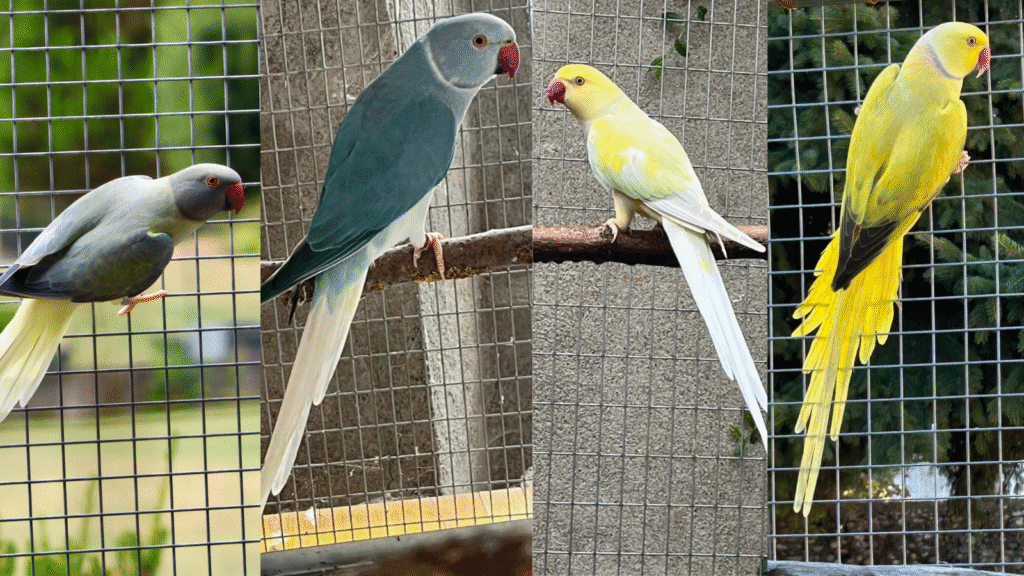
Conclusion: Mastering Indian Ringneck Parakeet Ownership
The Indian Ringneck Parakeet represents one of the most rewarding and challenging companion bird species available to aviculturists. Their intelligence, beauty, and complex social needs create opportunities for deep, meaningful relationships between bird and owner. However, success requires dedication, knowledge, and consistent application of proper care techniques.
Understanding these seven powerful secrets provides the foundation for exceptional Indian Ringneck Parrot ownership. From recognizing their social needs and communication patterns to providing optimal nutrition and health care, each aspect contributes to the overall well-being of these remarkable birds.
The investment in proper care, training, and environment creation pays dividends through years of companionship with an intelligent, engaging, and beautiful bird. Indian Ringneck Parakeets reward dedicated owners with loyalty, entertainment, and the satisfaction that comes from providing excellent care to a magnificent creature.
Whether you’re beginning your journey with your first Indian Ringneck Parakeet or seeking to improve your existing relationship, applying these secrets will enhance the bond between you and your feathered companion. Remember that patience, consistency, and respect for their natural behaviors form the cornerstone of successful Indian Ringneck Parakeet ownership.
FAQ
How long does it take for an Indian Ringneck Parakeet to start talking?
Indian Ringneck Parakeets typically begin attempting words around 6-12 months of age, with clearer speech developing over the following months. Consistent daily training and patience are essential for developing their talking abilities.
Do Indian Ringneck Parakeets make good pets for beginners?
While intelligent and beautiful, Indian Ringneck Parrots require experienced care due to their complex social needs, potential for loud vocalizations, and requirement for extensive daily interaction. They’re better suited for intermediate to advanced bird owners.
What size cage does an Indian Ringneck Parakeet need?
An Indian Ringneck Parakeet requires a minimum cage size of 36 inches wide, 24 inches deep, and 48 inches tall, with bar spacing of 5/8 to 3/4 inch. Larger is always better for these active, long-tailed birds.
How can I tell if my Indian Ringneck Parakeet is male or female?
Males develop a distinctive colored ring around their necks at 18 months to 2 years of age, while females and juveniles lack this ring. DNA testing provides definitive sex determination for younger birds or when visual identification is uncertain.
Did you enjoy this article?
Help other pet lovers benefit too — Share it on social media! 🐾💚
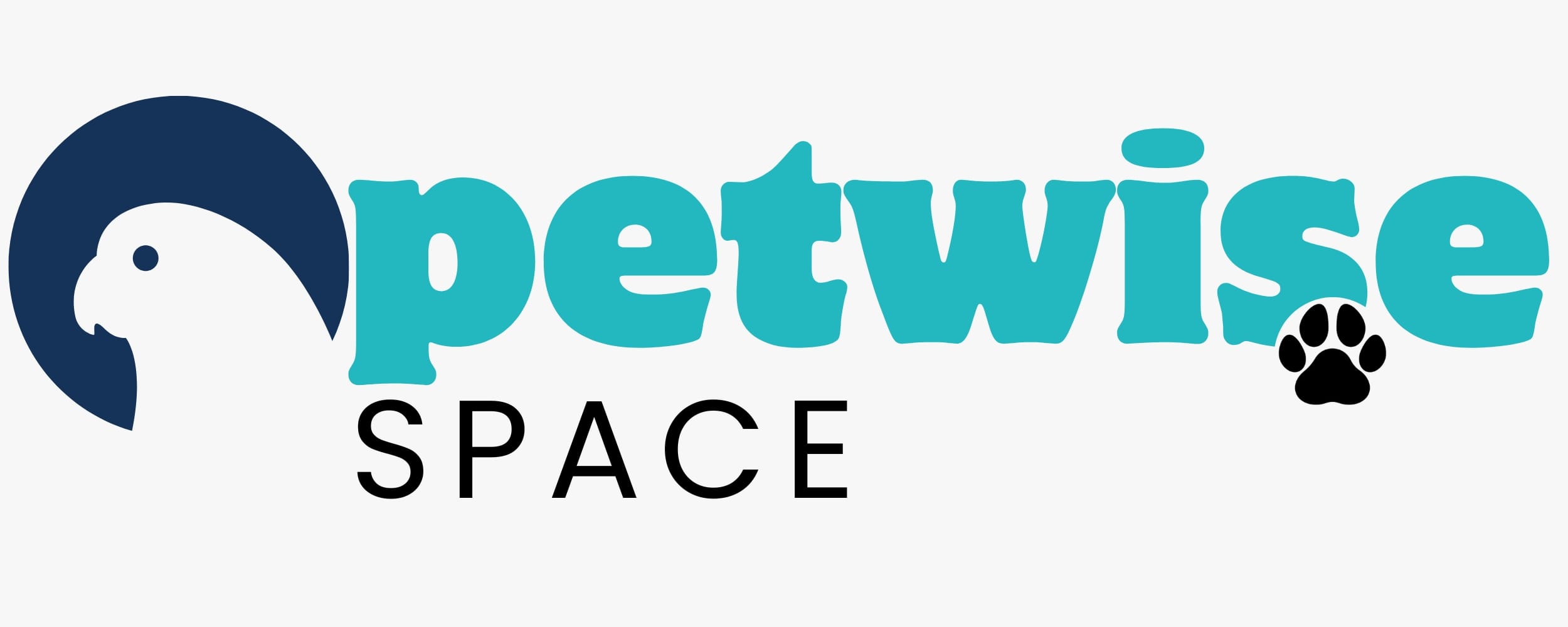
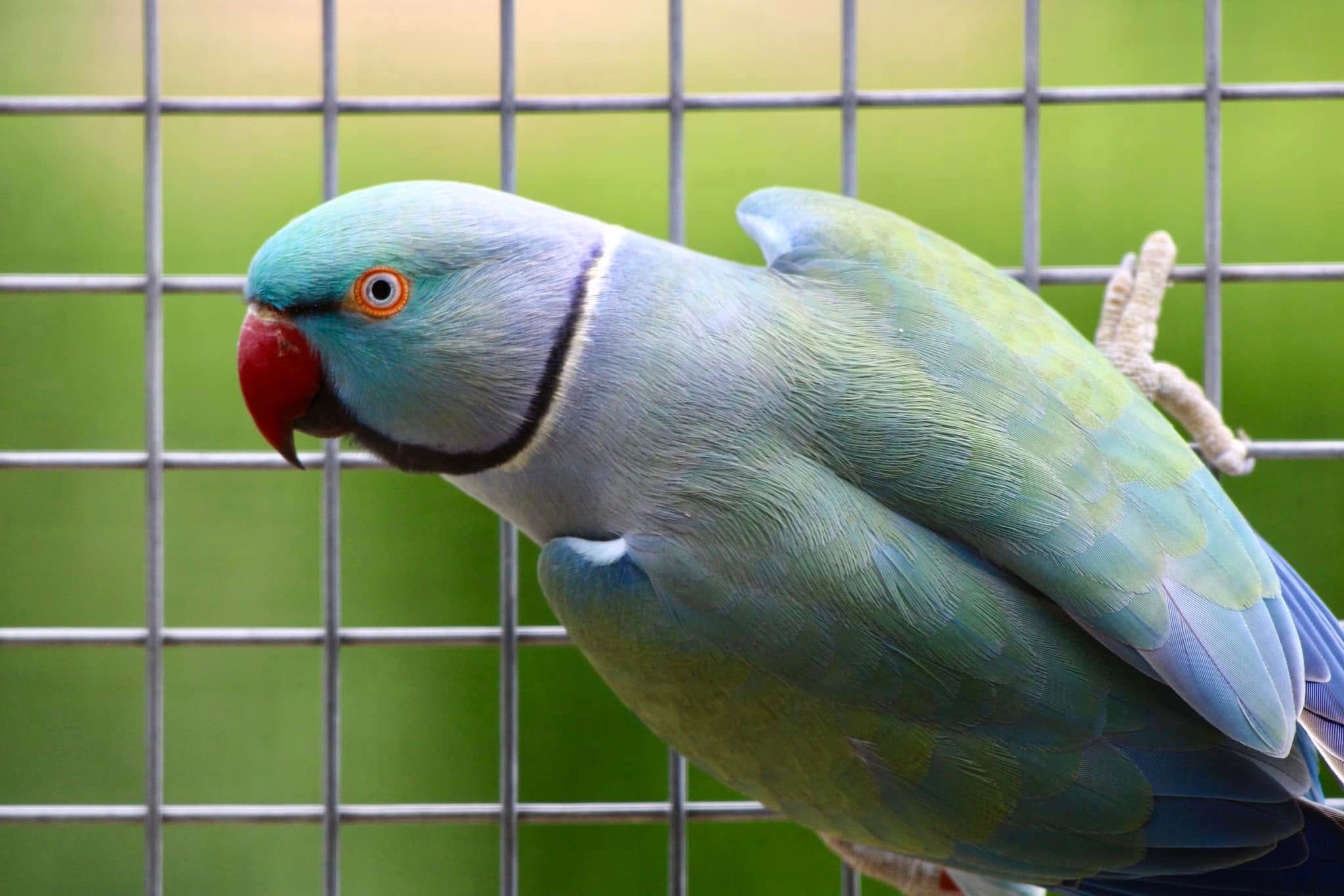
Leave a Reply